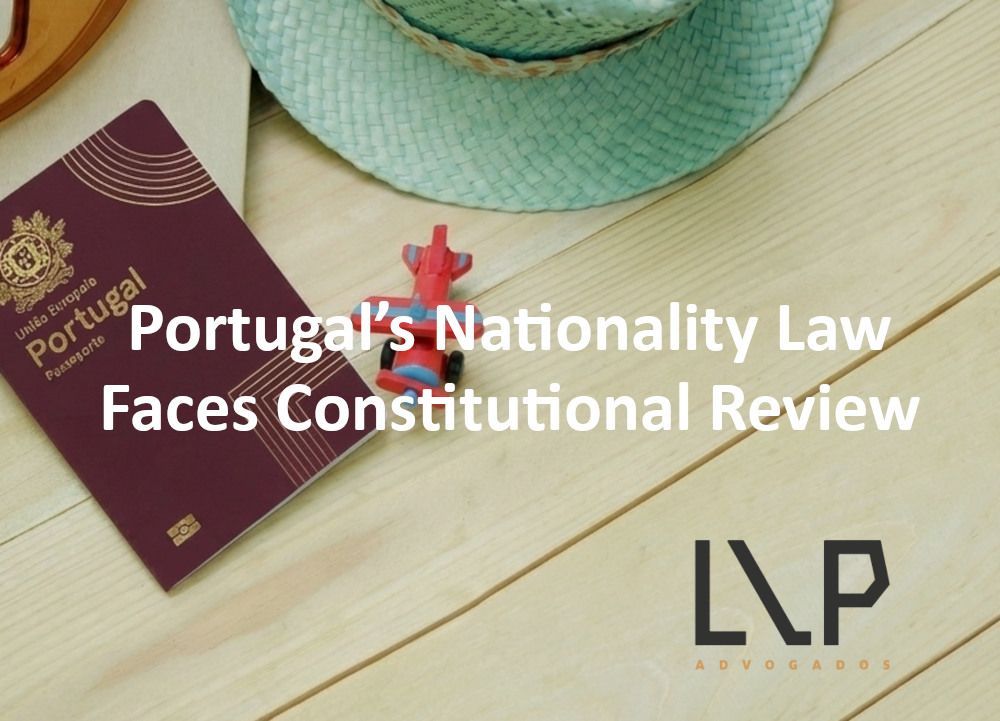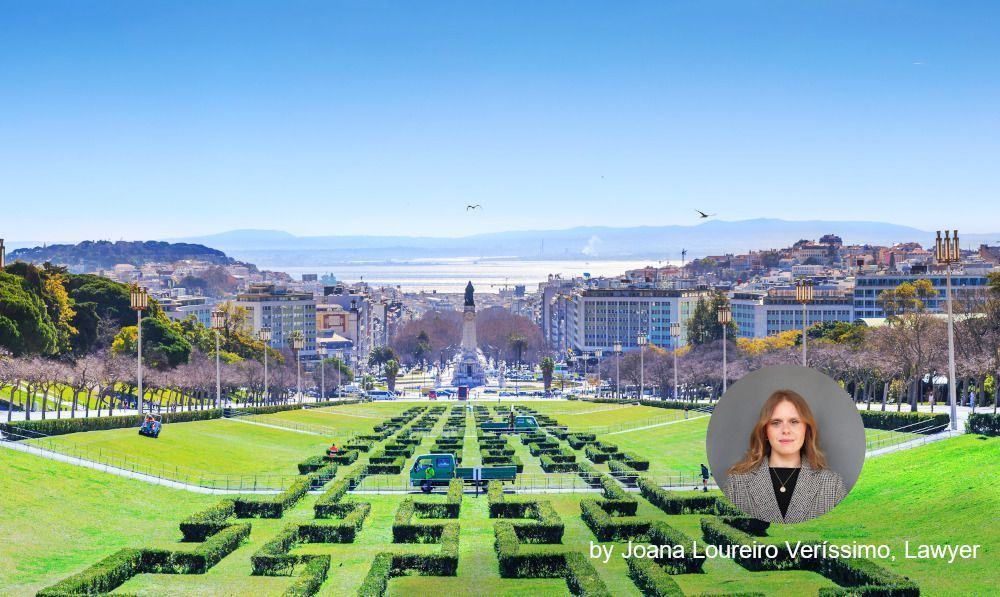Company Dissolution in Portugal: A Step-by-Step Overview

Tomás Melo Ribeiro | Lawyer
The dissolution of a company in Portugal marks the beginning of the liquidation process, which is a legal procedure. Although the company ceases its business activities, it continues to exist as a legal entity until the liquidation is concluded and formally registered. Dissolution can occur by decision of the shareholders and may follow different legal paths, depending on the company's circumstances.
There are several types of dissolution available to shareholders, including:
- Immediate Extinction: The company is immediately extinguished after the approval of the shareholders' decision and the filing of the required documentation.
- Dissolution and Liquidation: A two-step process involving an initial decision to dissolve, followed by the winding-up and closure of the business.
- Dissolution with Asset Distribution: Similar to the standard dissolution process, but with a formal allocation of assets among shareholders.
- Dissolution with Global Transfer of Assets: This involves transferring all company assets in a single act and proceeding with dissolution.
The dissolution process begins with a resolution approved by the general assembly, typically requiring a qualified majority of three-fourths of the share capital. If the company owns real estate, a public deed must be executed at a Notary's Office. Otherwise, a notarised deed is not required, and the minutes of the general meeting approving the dissolution will suffice.
Once the dissolution is decided, the company formally enters into liquidation. From this point forward, the following steps must be taken:
- Within 15 days, the Tax Authority (Autoridade Tributária) must be informed of the dissolution and the liquidator's appointment.
- Within 10 days thereafter, the same notification must be submitted to Social Security.
- Within 2 months, the commercial registration of the dissolution must be filed. This can be submitted online via the Empresa Online platform or through a Commercial Registry Office.
If assets such as real estate are to be divided among shareholders, a public deed of partition must be executed and recorded at the Land Registry Office (Conservatória do Registo Predial).
Once liquidation begins, the company must:
- Sell its assets and collect any outstanding debts.
- Pay off creditors and any remaining liabilities.
- Prepare and approve the final accounts and liquidation balance sheet.
- Distribute the remaining assets among shareholders according to their shareholding.
This process must be completed within two years, extendable by one additional year upon shareholders' resolution.
Upon completion of the liquidation, a final meeting must be held to approve the accounts and closure. A formal act of closure is drawn up and must be registered with the Commercial Registry Office. Only then is the company considered legally extinguished.
Subsequently, the cessation of activity must be declared to the Tax Authority within 15 days, and to Social Security by the 10th day of the following month. These declarations can be submitted online via the Tax Portal and Segurança Social Direta platform, respectively.
It is important to note that if these formalities are not fulfilled, the company may continue to be considered active for tax and social security purposes, potentially incurring penalties. Furthermore, shareholders may be held personally liable if any obligations remain unresolved or if the process contains irregularities.
In conclusion, while the dissolution and liquidation of a company in Portugal involve several administrative and legal formalities, ensuring each step is handled correctly is key to achieving a smooth and compliant closure.
At LVP Advogados, we assist clients throughout the entire process, from the initial shareholders’ resolution to final deregistration, ensuring that all obligations are met and the winding-up is completed with legal certainty.











